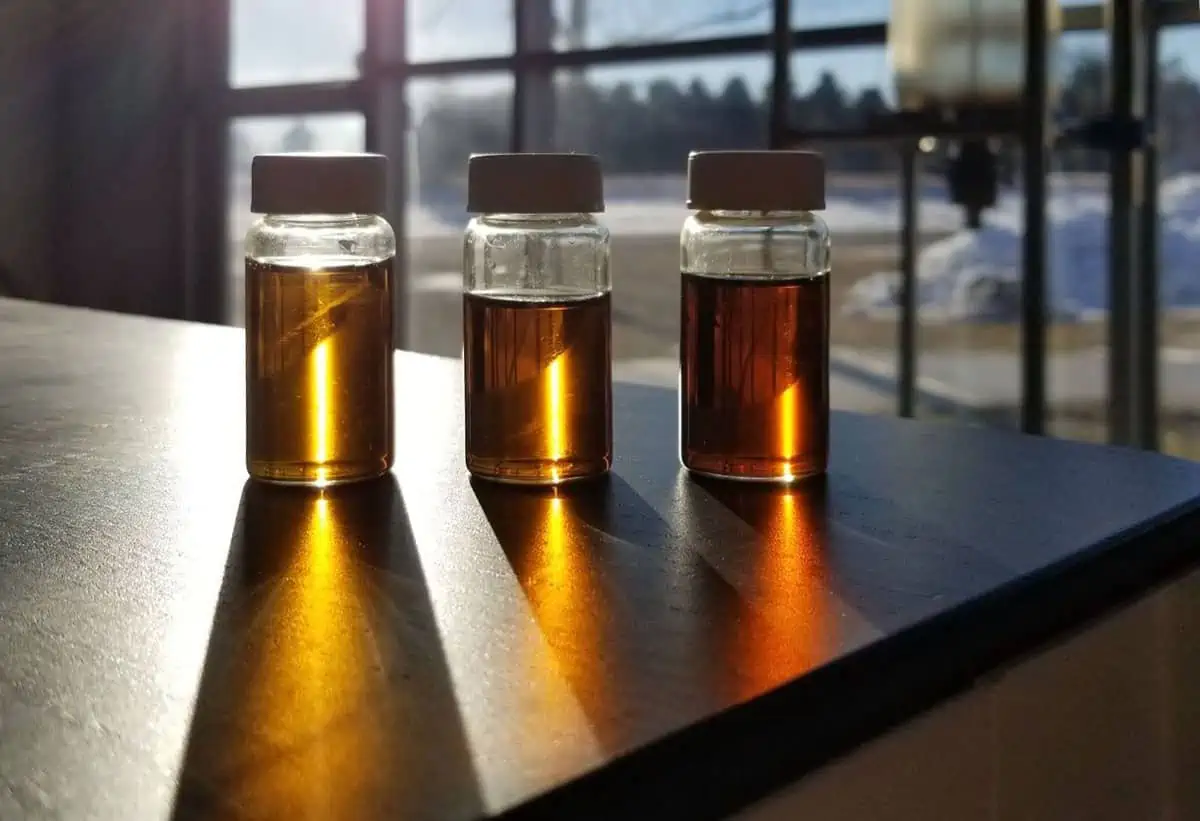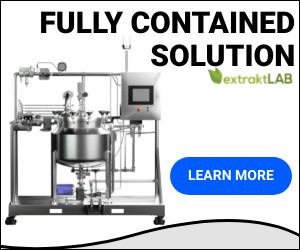Terpenes are critical for creating quality hemp extracts, but what is the ideal way to get the best terpenes? At extraktLAB, we firmly believe that the decarb process is the best time to get the best terpenes – bar none. In this article, we will review some critical aspects of the decarb process and how to get the best terpenes for your product formulations down the line.
Decarb Process Breakdown
So, what exactly is “decarb” and why is it so important to the extraction process? Decarboxylation is a process that converts the acidic form of cannabinoids (CBD-A, THC-A, etc.) into their neutral forms that allow for the body to metabolize them.
Without this process, the effects of the cannabinoids in the hemp plant would not create any effect on the consumer. This makes decarboxylation an absolutely essential process.
There are a number of ways in which the decarboxylation process can be accomplished – all of which have to rely on heat in order to do so. Perhaps the simplest form of decarboxylation occurs when someone uses smokable hemp or cannabis flower.
When someone takes a flame to the flower, the combustion converts those acidic cannabinoid forms into their active forms making them effective when inhaled. The same principle applies to vaporization in both flower and concentrates as well.
In terms of extraction, there are a few options for the decarb process. The most common method is often simply running an extraction process – that’s it.
The temperature at which the solvent is heated to perform an extraction process is high enough (roughly 36 degrees celsius for supercritical CO2 extraction) to decarb the biomass and create a fully decarbed crude oil after the fact.
So, is this the ideal way decarb and get the best terpenes possible? We don’t think so, and we’ll explain that shortly.

What Makes for the Best Terpenes?
Of course, cannabinoids are very important, but terpenes are incredibly valuable as well. So, what exactly are terpenes, and what makes them so important?
In a nutshell, terpenes are the aromatic compounds in a lot of plants, fruits and other natural products that give them their particular scents. The hemp plant is loaded with natural terpenes that give them different scents depending on the strain of the plant.
There are also recent studies that reveal the potential of something called the Entourage Effect. This phenomenon suggests that terpenes and cannabinoids may have a synergistic effect meaning that they work together to amplify the effects more so than if they were isolated.
These are all vital reasons to ensure that the best terpenes are used in your products.
What makes the highest quality terpenes is preventing degradation in the extraction process. Terpenes are unfortunately very delicate and a number of factors can lead to degradation including the very thing that is necessary for decarboxylation – heat.
While even heat high enough to combust plant flower can perform the necessary decarb process, it is far too hot for terpenes to remain stable.
While not operating at the same level of temperature, the extraction process is hot enough to decarb and simultaneously degrade some of those valuable terps. The good news is that there is a better way.

Best Terpenes Captured During Decarb
At extraktLAB, we have found that the best terpenes are captured during decarb. Plain and simple. The reason for this is that a lower temperature is used to completely decarboxylate the biomass prior to extraction.
This temperature is just enough to volatilize the terpenes from the biomass before being recondensed in a cold trap terpene collector with absolutely minimal degradation. Again, this is critical to collect the best terpenes you can get in your extraction process whether for sale or for product formulation at the end of your process.
In order to fully optimize this ideal terp catching process, extraktLAB has developed the terpTRAP, a terpene recovery module that is the most versatile cold trap available on the market.
The terpTRAP’s heat exchanger is capable of up to 20 tons of heat exchange capacity and process connections to support chilling, vacuum, and condensates produced by even the largest of decarb processes.
The collection surfaces are constructed of food grade material that allow for terpene collection prior to any contact with ethanol or other extraction solvents.
There are other added benefits to a decarb process prior to extraction – namely a faster extraction altogether. Coupled with the ability to collect the best terpenes possible from your biomass for sale or formulation, it really is a no-brainer for your process.
If you have yet to implement this into your operation, or if you’re curious about how to fully optimize the terp capture process during decarb, we’re here to help. Give us a call at 1-651-600-0036 to talk to a professional in the industry about the decarb process, capturing the best terps, and how to implement the entire process into your operation today.


